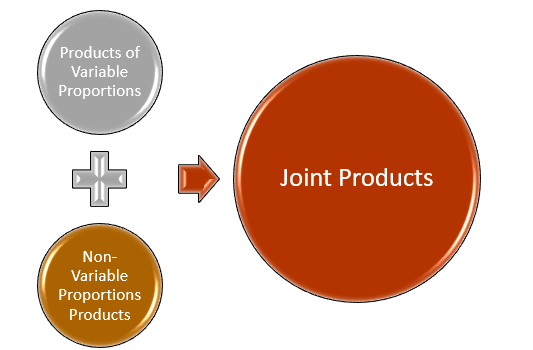Joint Supply
Updated on 2023-08-29T11:54:35.881021Z
What is joint supply?
A process or product that can produce two or more outputs is referred to as joint supply. It usually occurs when two items are produced from the same raw material or source.

Source: © Andreyyalansky19 | Megapixl.com
Summary
- The term ‘joint supply’ refers to all goods that have dual usage.
- Joint supply occurs when two or more goods are produced simultaneously and with the exact costs resulting from a single operation.
- Each product's demand and supply are connected to other products from the same source.
Frequently Asked Questions (FAQs)
What is the importance of joint supply?
The supply of two or more goods that are inextricably linked is referred to as joint supply. Simply put, as the supply of one of the goods increases or decreases, the supply of the other good either increases or decreases at the same time.
The scale of the raw material supply has a direct impact on joint supply outputs.
For instance, gasoline, lubricants, paraffin, and chemical bases for plastics are produced during the crude oil refining process. As the availability of crude oil increases, so does the supply of gasoline, lubricants, paraffin, and other similar products.
In economics, the term "joint supply" refers to all goods that have dual usage. As the supply of a commodity rises, so does the supply of dual service for that product. This idea of dual-use is well applied in the case of animals that produce milk, but their flesh is often used in various tasks.
What is the process of Joint Supply?
Each product's demand and supply are linked to other products from the same source in joint supply. If we want to increase wheat yield, straw production will increase as well. The same would be valid for cotton and cottonseed production, mutton and wool production, gas and coke production, beef and hide production, and so on.
The question here is how the market determines the price of each product. For research, we divide joint products into two sections:
- Products of variable proportions
- Non-variable Proportions Products
Products of variable proportions
In the case of products with variable proportions, the marginal cost of each product can determine separately. Crossbreeding sheep in Australia and New Zealand, for example, has been found to produce wool and mutton in varying proportions. A sheep breed that produces more mutton but less wool, or less mutton but more wool.
By assuming that the quantity of one commodity remains constant while the other increases, the marginal cost of each product's output can be calculated. When we use marginal analysis to determine one's marginal cost of production, the goods become distinct.
Non-variable Proportions Products
When the proportions of the joint goods are fixed, an increase in one commodity's production must be followed by an increase in the supply of the other. If, for example, the price of cotton increases and the production of cotton rises, the total quantity of cottonseed will immediately increase. It would be impossible to isolate the marginal cost of such a commodity by raising its production individually in such circumstances.

Copyright © 2021 Kalkine Media
How joint demand differs from joint supply?
Joint demand has little to do with joint supply. Instead, joint demand occurs when the demand for two goods is interdependent, or simply put, when two goods are required to provide a value for the customer.
Printers, for example, need ink to operate. Ink cartridges, on the other hand, are useless without a printer. Motor oil and gasoline, as well as razor blades and razors, are examples.
What are the benefits of joint supply?
Most of the time, joint supply can use for cost savings, price reductions, or charitable purposes. Due to the two-fold increase in supply, there is a two-fold increase in profit.
The more joint supply goods available in an economy, the better the prospects of it doing well. Dual-use resources are limited, but any economy will make significant progress if these resources are made unrestricted.
Price discrimination is more difficult in joint supply because supply must be calculated based on both supply forms.
What are the risks of joint supply?
The proportions of joint goods are often nearly set. For example, crossbreeding allows the breeding of sheep for either meat or wool. Therefore, the quantity of one product may increase at the expense of the other product. Analysts keep a close watch on goods in joint supply because what happens with one can have a significant effect on the other.
The distribution of expenditures is another issue with joint supply goods. Since both goods are produced from the same source, it can be challenging to find out how to split expenses.
In the case of two goods, splitting costs down the middle usually is not possible since one product usually sells at a higher price than the other.

Copyright © 2021 Kalkine Media
What are excellent examples of joint supply?
In joint supply, each product's demand and supply are connected to other products from the same source.
For instance, if demand for wool rises and more animals are needed to meet it, sheep meat production would rise in tandem. And if the demand increases, there would be more meat available at lower prices.
The livestock industry is another example. Beef, milk, and hide can all be obtained from cows. Sheep are used to produce milk, sheepskin, meat, and wool. If the supply of cows rises, so will the supply of beef and dairy products.